In Dialogue: Rina Banerjee, Maria Farrar, Mannat Gandotra, Hilmi Johandi, Yayoi Kusama, Zai Kuning, Atreyu Moniaga, Guo-Liang Tan
Opening Reception: 11 January, 4 - 7 pm
Ota Fine Arts Singapore is delighted to present "In Dialogue", a group exhibition featuring Rina Banerjee, Maria Farrar, Mannat Gandotra, Hilmi Johandi, Zai Kuning, Yayoi Kusama, Atreyu Moniaga and Guo-Liang Tan. Ranging from drawing and painting to sculpture, the works of these artists come into conversation with one another within the gallery space, and reflect the diversity of expressions of contemporary art today.
Maria Farrar (b. 1988, Philippines) depicts scenes derived from her everyday life or from fragments of memories, bringing forth personal themes in her work while exploring the presentation and behaviours of women of today. Sleepless (2024) was inspired by Farrar's imagination of insomniacs blinking in the dark, waiting for the sun to rise – a humorous scene that she tries to capture in her work. Double bells of the analog alarm clock are depicted which Farrar amusingly describes as "ears". The bottom of the clocks have eyelashes attached to them, mimicking a lady with her eyes closed, adding another layer of playfulness to the image.
Contrastingly, Atreyu Moniaga's (b. 1987, Indonesia) paintings embody the fantasies and anxieties of urban dwellers from a younger generation. His otherworldly compositions reveal a whimsical universe of mystical creatures, ornamental plants, and spirited characters that one may associate with animation films. Brimming with vivid colours and intricate details, the figures in his works are often surrounded by lush, surreal landscapes, reflecting the unpredictability and chaotic journey of personal growth. These motifs also reflect the conflicting emotions of restlessness, resilience, fear, courage, exhilaration and uncertainty that one often experiences during their maturity.
With a similarly vibrant palette, is Yayoi Kusama's (b. 1929, Japan) FOOTPRINTS OF FIREWORKS (2014). Part of her My Eternal Soul series, the painting features bold lines and colours that envelope the canvas together with varied biomorphic shapes. It also synthesizes contrasting concepts and forms of positive and negative spaces, figuration and abstraction, microscopic and macroscopic views of the universe, providing a glimpse into Kusama's state of mind. Ultimately, it is a painting that reflects on love, death, humanity and the artist's relationship with the universe and beyond.
Likewise, Mannat Gandotra's (b. 2001, India) paintings exude an intense energy through her dynamic compositional structures of line, colour and form. In creating her paintings, Gandotra sees herself creating problems and trying to resolve those problems in an ever-expanding space. Lines are sometimes straight, curved or fractured, and colours go next to each other in unusual combinations; elements clash and bounce off one another, and yet sit together in a dissonant atmosphere, which the artist describes as "fighting like siblings or residing like neighbours or in some paintings seducing each other".
In contrast, Guo-Liang Tan's (b. 1980, Singapore) indirect approach to painterly expression has led to the development of a new series of works that feature geometric patterns created by folding fabric. In this new series, Tan utilizes the inherent memory of the translucent aeronautical fabric to create folds and wrinkles which reappear as traces through the layering and depositing of colour pigments on the stretched fabric. The coloured surfaces highlighted by the textures and traces seem to embody residual images of the production process, visualizing the memory of the fabric itself. These are contemplative yet restless paintings, always in the process of making, thinking, feeling and taking shape.
On the other hand, Hilmi Johandi's (b. 1987, Singapore) paintings feature deconstructed motifs derived from the national archives, as he reinvents spaces, planes and forms. Drawn mainly from postcards of Singapore from the 1980s-90s, these archival references feature places of interest that carry particular visual styles from specific eras and social contexts. Spaces in the paintings are broken up, partitioned, and collaged back together to create an uncanny world that is at once familiar yet foreign upon observation.
Zai Kuning (b. 1964, Singapore) adopts a research-based approach as part of his artistic process. For nearly two decades, Zai has been exploring the world of the Orang Laut -- "sea gypsies" or nomadic indigenous fishermen living in the Riau Archipelago. His work presented in this exhibition, From the series Brutality of Fact (2007-2015), is inspired by his interactions with the Orang Laut and his observations of their ways of life.
Lastly, having grown up in mixed cultural communities as far apart as Kolkata and New York City, Rina Banerjee's (b. 1963, India) multi-faceted creations fuse the boundaries between East and West. There is a thoughtful sensitivity in the multiple materials that Banerjee uses in her work. Be it painting or through the technique of collage, Banerjee is able to appropriately represent the density of the urban experience by suggesting disparate phenomena to coexist within the same framework. The figures and motifs present in her work metaphorically allude to the urban, post-colonial, expatriated community of which she is a part.
In celebration of Singapore Art Week 2025, Ota Fine Arts Singapore hopes to showcase the diverse expressions of these artists that the gallery represents and works with.
-
 Mannat GandotraTendril of the Same Continent, 2024Acrylic on canvas180 x 180 cm
Mannat GandotraTendril of the Same Continent, 2024Acrylic on canvas180 x 180 cm -
 Mannat GandotraAn Overcast Jam Session, 2024Acrylic on canvas150 x 150 cm
Mannat GandotraAn Overcast Jam Session, 2024Acrylic on canvas150 x 150 cm -
 Hilmi JohandiDestination Image #11 (The Bird Park), 2024Oil on linen140 x 170 cm
Hilmi JohandiDestination Image #11 (The Bird Park), 2024Oil on linen140 x 170 cm -
 Guo-Liang TanOpening Sequence III, 2024Acrylic on aeronautical fabric, wood150 x 130 cm
Guo-Liang TanOpening Sequence III, 2024Acrylic on aeronautical fabric, wood150 x 130 cm -
 Guo-Liang TanOpening Sequence II, 2024Acrylic on aeronautical fabric, wood150 x 130 cm
Guo-Liang TanOpening Sequence II, 2024Acrylic on aeronautical fabric, wood150 x 130 cm -
 Rina BanerjeeKiss me at birth, 2018Acrylic, ink and collage on paper76 x 56 cm
Rina BanerjeeKiss me at birth, 2018Acrylic, ink and collage on paper76 x 56 cm -
 Rina BanerjeeConspicuous waters waffled into sky and mountains cracked to migrate, go into elsewhere. Like Indian rope trick she escaped hotness of Southern breath and juggled her race ethnicity, made oceans tear open, let flow people mixing in all directions, 2020Acrylic, ink and collage on paper76 x 55 cm
Rina BanerjeeConspicuous waters waffled into sky and mountains cracked to migrate, go into elsewhere. Like Indian rope trick she escaped hotness of Southern breath and juggled her race ethnicity, made oceans tear open, let flow people mixing in all directions, 2020Acrylic, ink and collage on paper76 x 55 cm -
![Zai Kuning From the series Brutality of Fact, 2007-2015 Ink and wax on paper 38 x 38 cm each [9 pieces in total]](data:image/gif;base64,R0lGODlhAQABAIAAAAAAAP///yH5BAEAAAAALAAAAAABAAEAAAIBRAA7) Zai KuningFrom the series Brutality of Fact, 2007-2015Ink and wax on paper38 x 38 cm each [9 pieces in total]
Zai KuningFrom the series Brutality of Fact, 2007-2015Ink and wax on paper38 x 38 cm each [9 pieces in total]


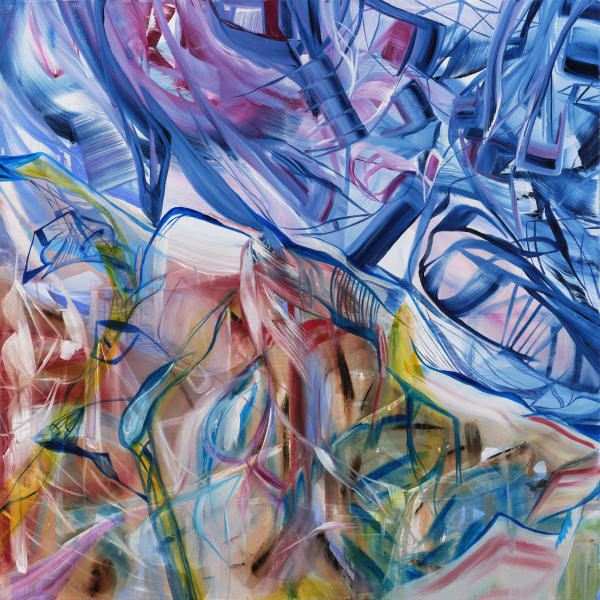

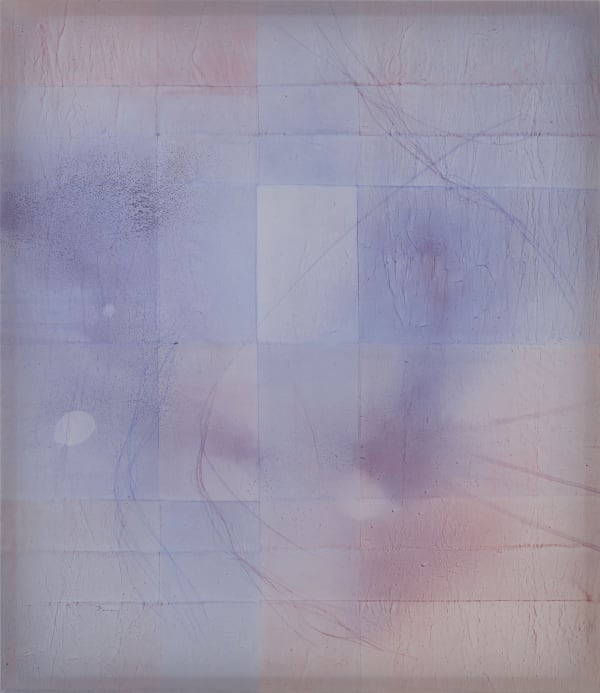
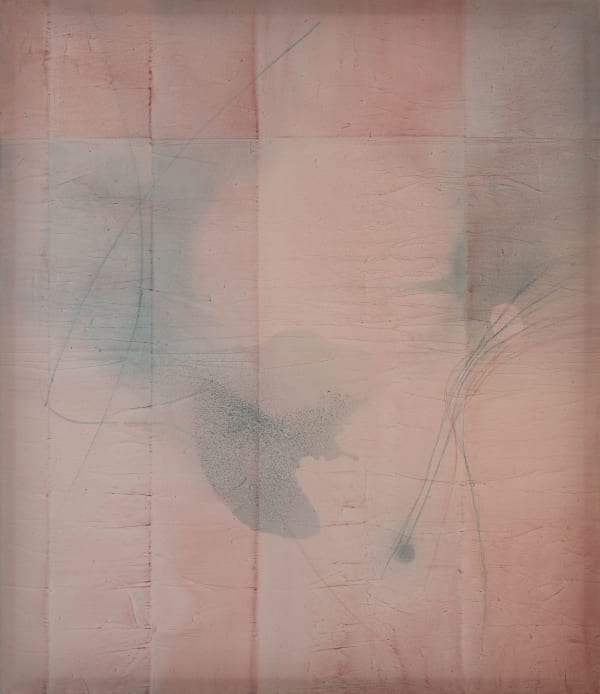
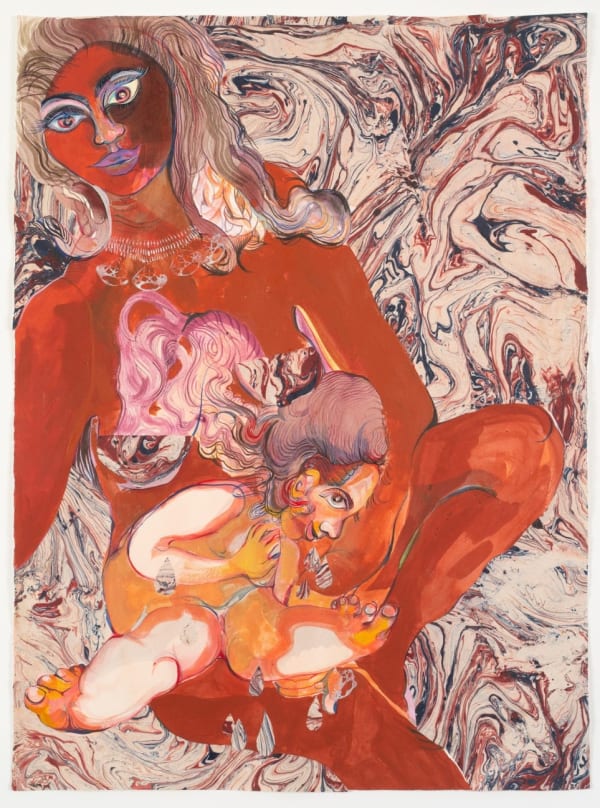
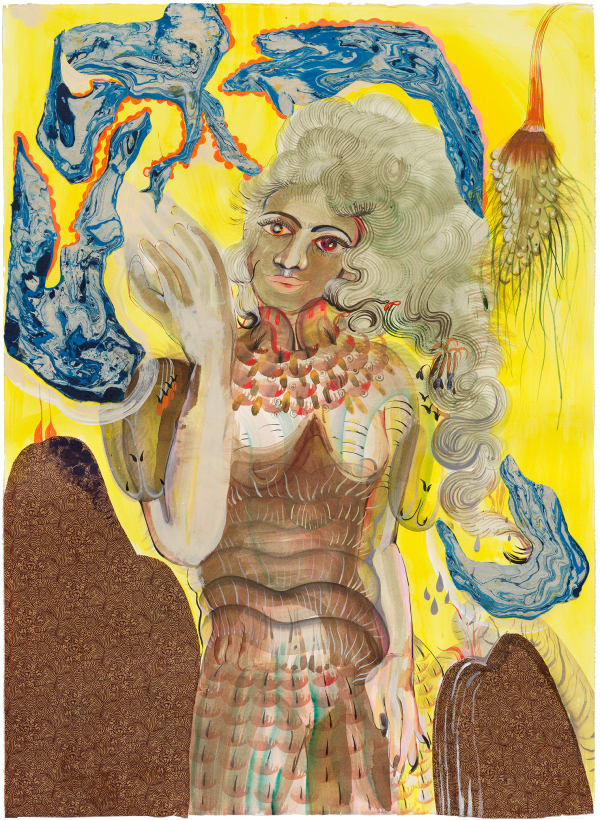
![Zai Kuning From the series Brutality of Fact, 2007-2015 Ink and wax on paper 38 x 38 cm each [9 pieces in total]](https://artlogic-res.cloudinary.com/w_600,c_limit,f_auto,fl_lossy,q_auto/artlogicstorage/otafinearts/images/view/e097f67b75963f3b800e710953008801j/otafinearts-zai-kuning-from-the-series-brutality-of-fact-2007-2015.jpg)






